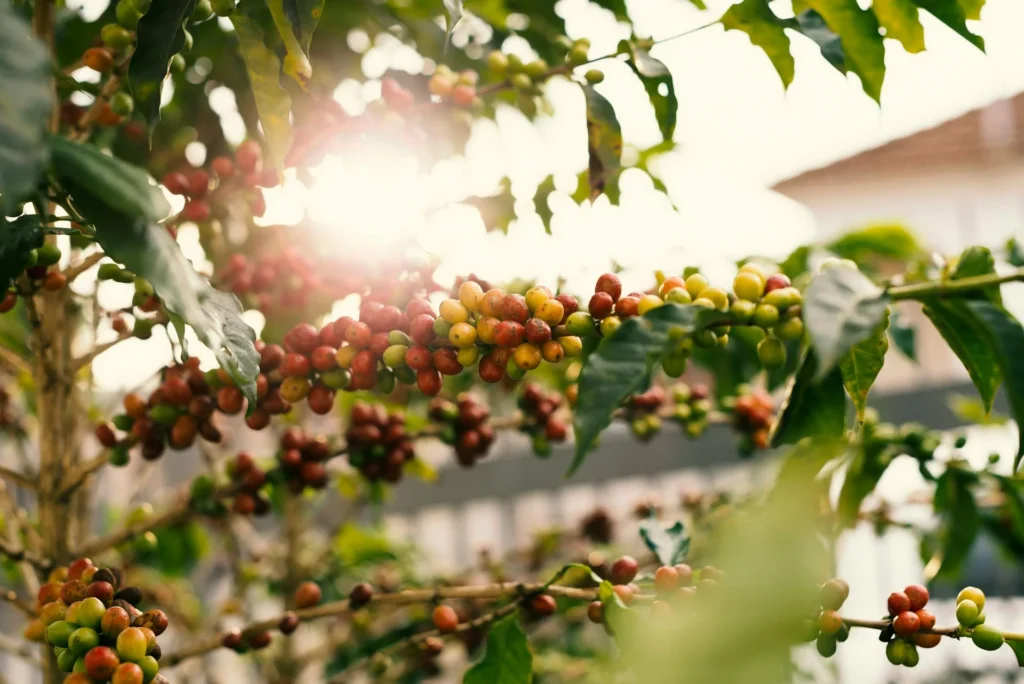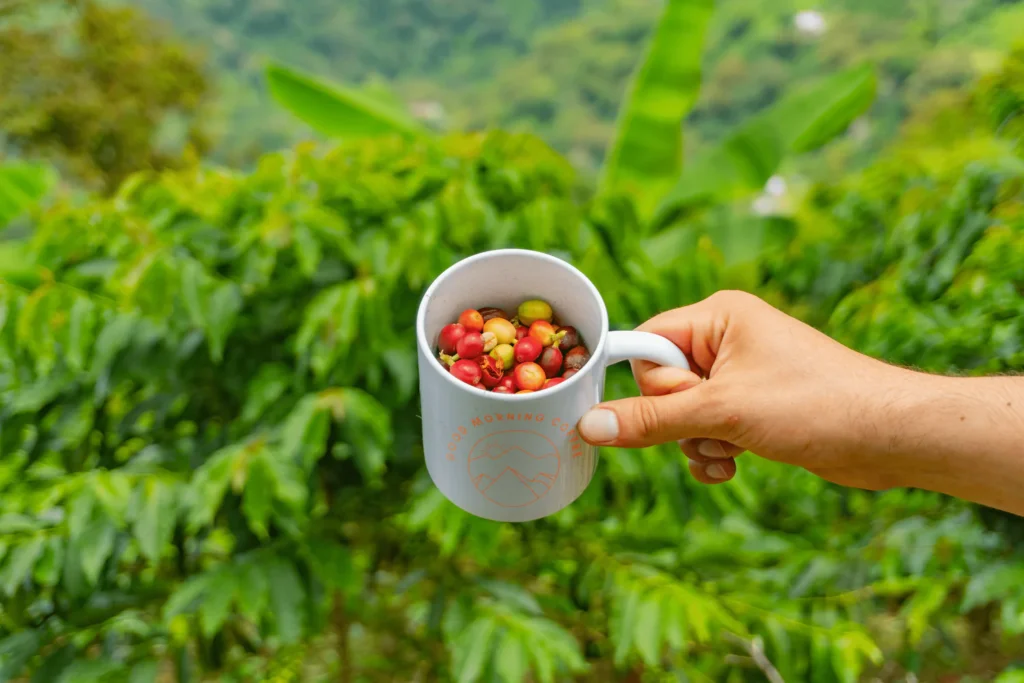Sumatran and other Indonesian coffees are like the deep bass notes in a musical composition; earthy, rich, and grounding. In the world of espresso, Sumatra and Indonesian beans are often used to add depth, body, and savory complexity to blends, or to stand boldly on their own. Their unique wet-hulling process (Giling Basah) and tropical climate create distinctive flavor profiles not found anywhere else in the coffee world.
In this guide, we’ll break down how these beans behave in espresso, what makes their flavors so unmistakable, and how to use them to craft bold, layered shots.
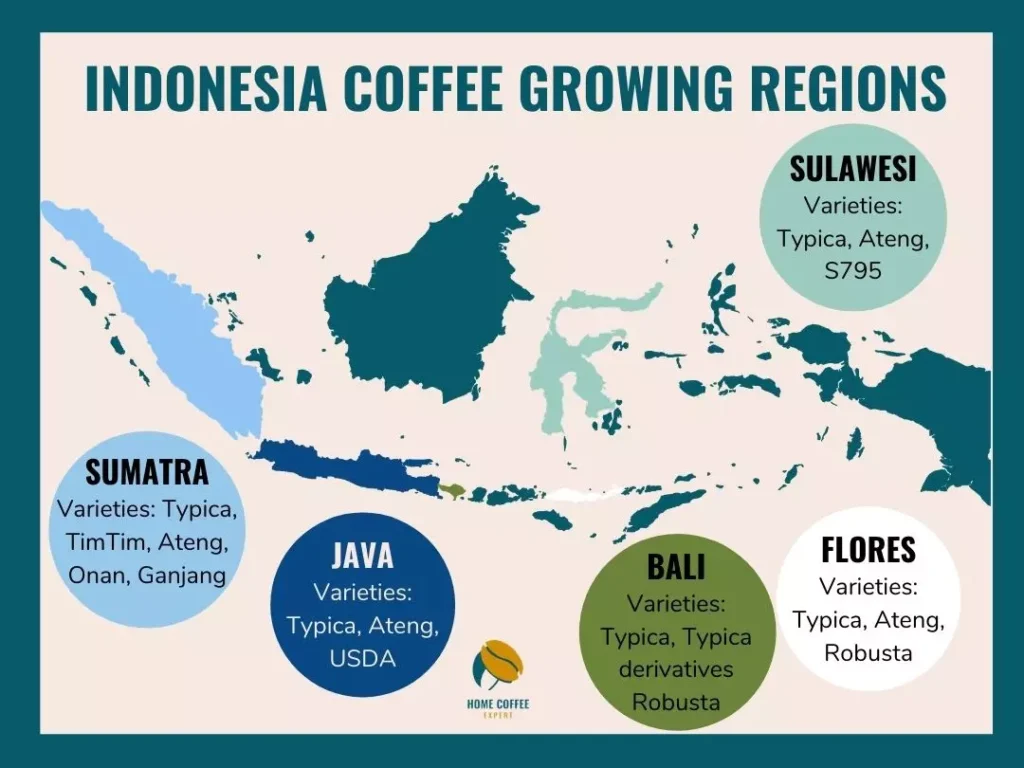
What Makes Sumatran Coffee Unique?
Sumatran beans are known for:
• Giling Basah (wet-hulling) processing
• Low acidity, heavy body
• Deep earthy and herbal flavors
• Rustic, wild aroma with savory depth
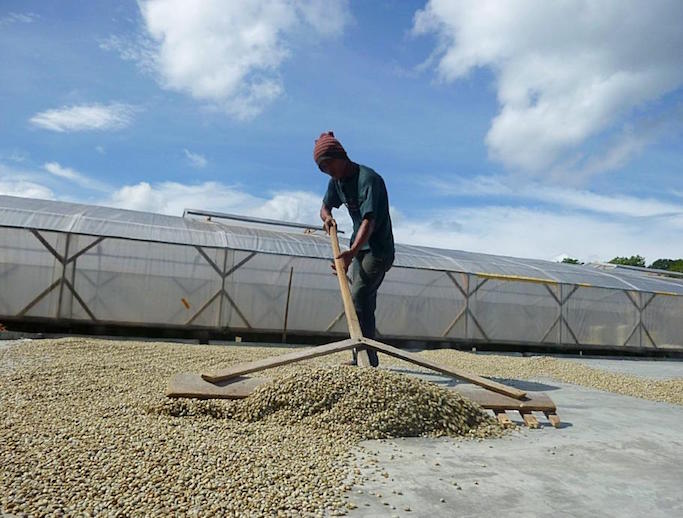
These characteristics come from both the humid climate and traditional processing, which imparts a moist, earthy texture to the beans.
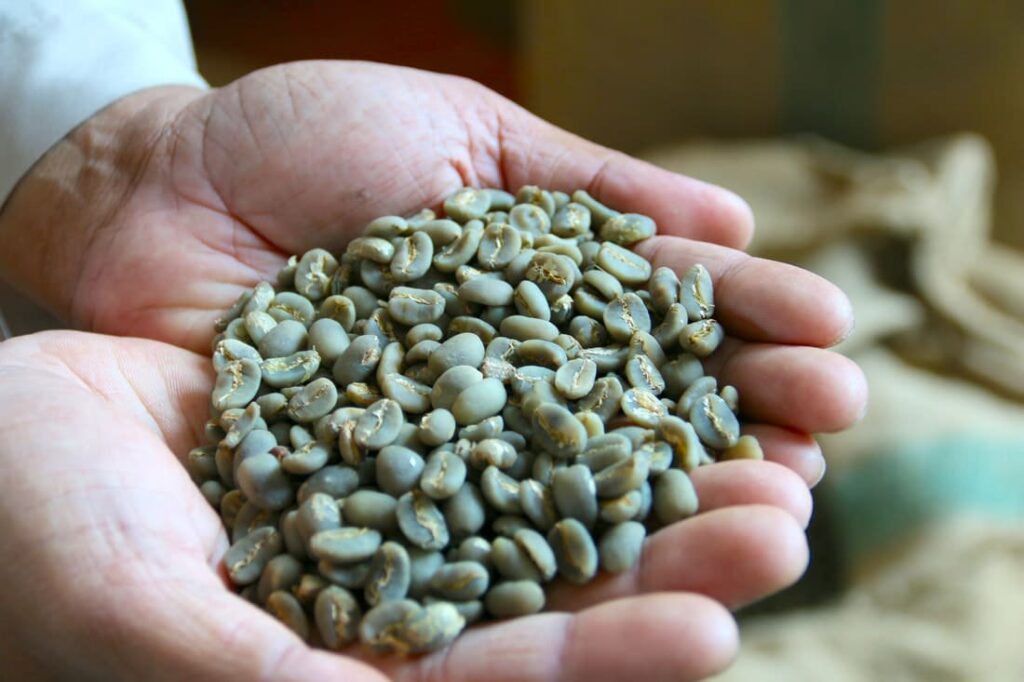
Flavor Profile of Sumatra in Espresso
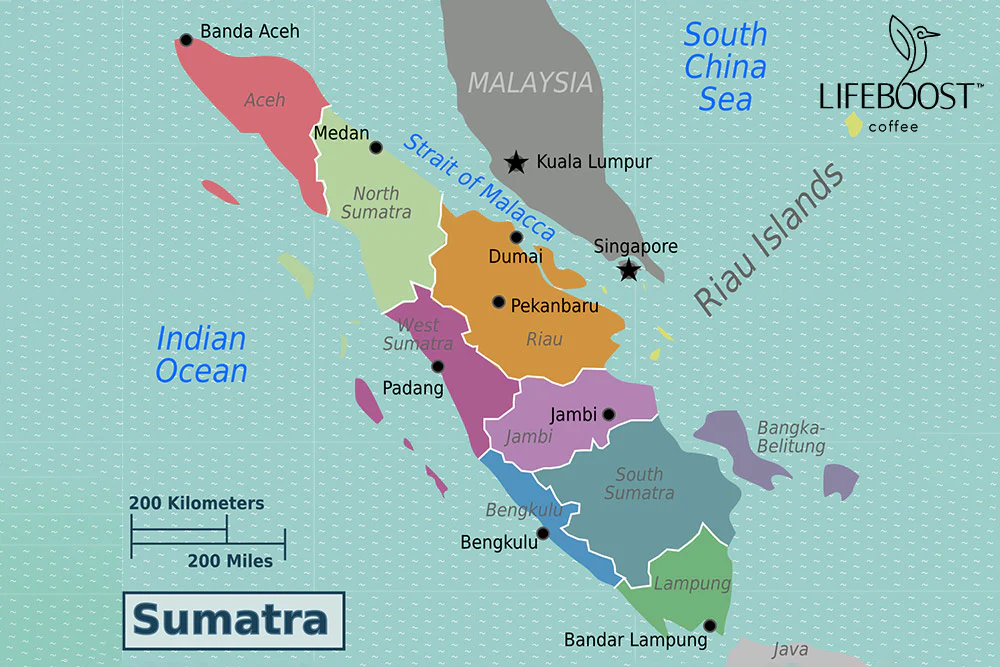
Expect bold notes like:
• Cedar, tobacco, leather
• Dark chocolate, molasses
• Earth, mushroom, dried herbs
• Low acidity, syrupy body
• Occasionally funky or fermented edges
These beans often provide massive crema, full texture, and a finish that lingers with spiced complexity.
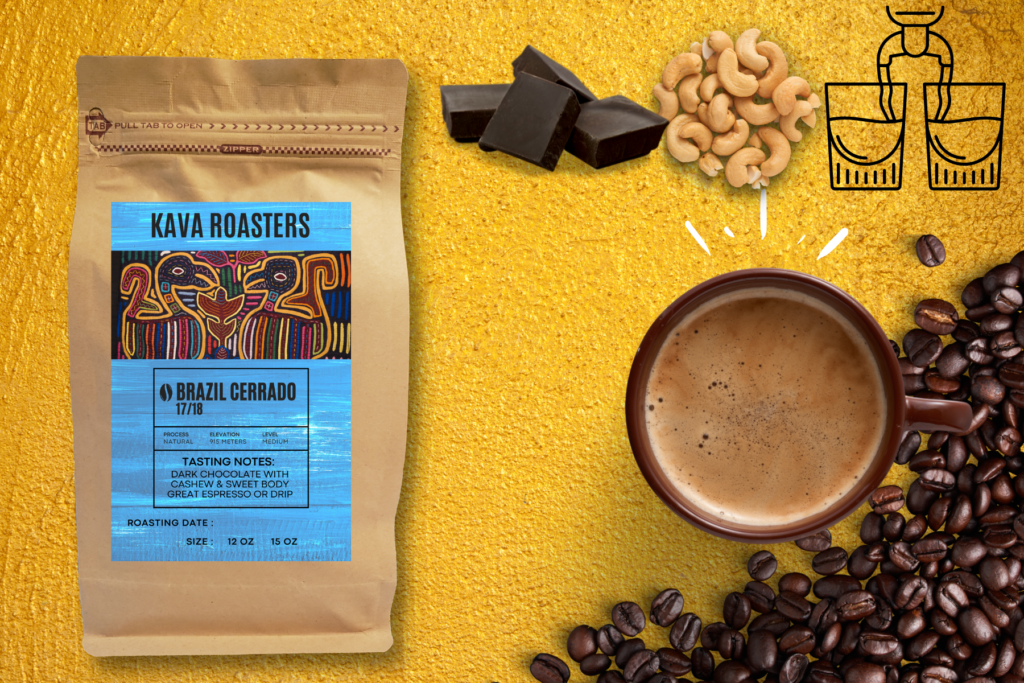
Key Indonesian Regions for Espresso Use
Sumatra (Mandheling, Lintong, Gayo)
• Grown between 1,100–1,600m
• Naturally processed, sometimes semi-washed
• Mandheling is the most well-known—used widely in dark espresso blends

Java
• More balanced and clean cup
• Spice-forward with mild acidity
• Great for dark espresso roasts that retain structure
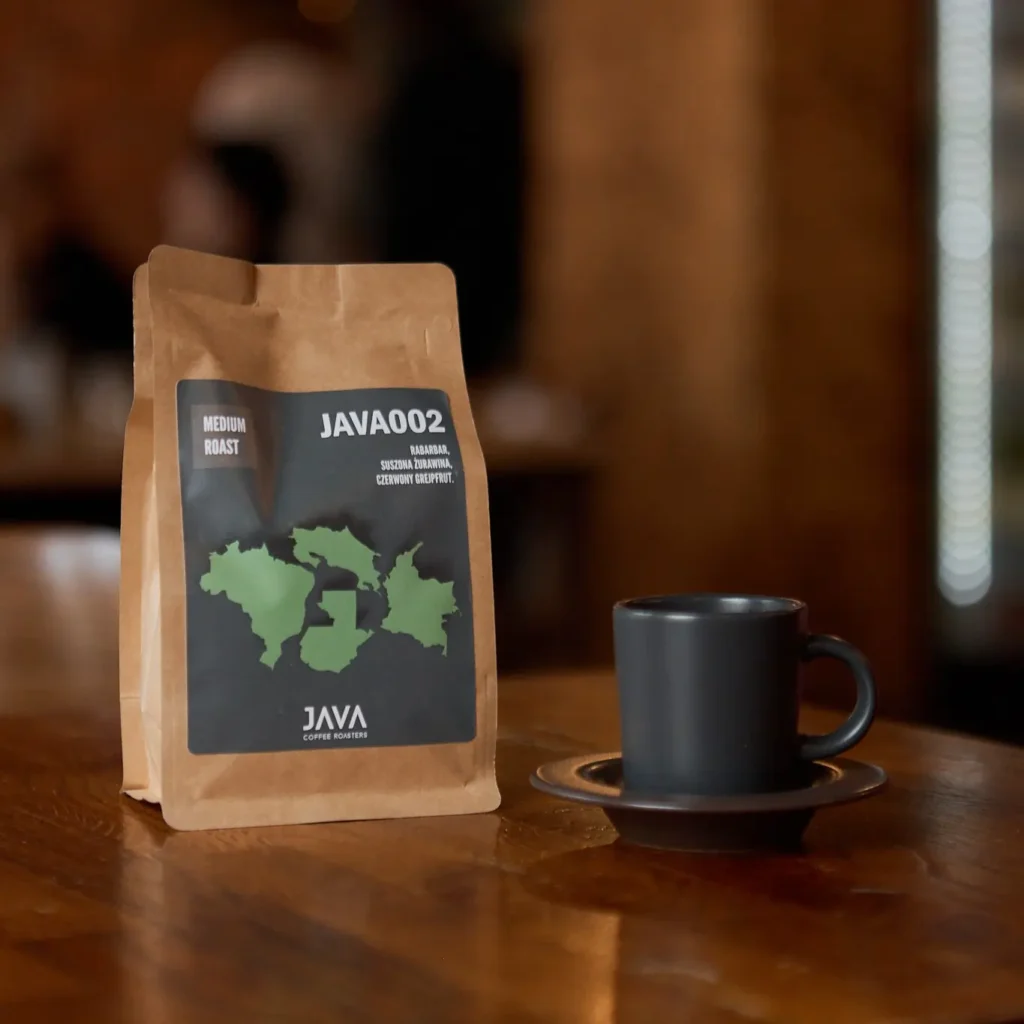
Sulawesi (Toraja)
• Syrupy, layered, low-acid espresso
• Often includes notes of maple syrup, wood, dark berry
• Best as a single-origin if you enjoy bold flavor
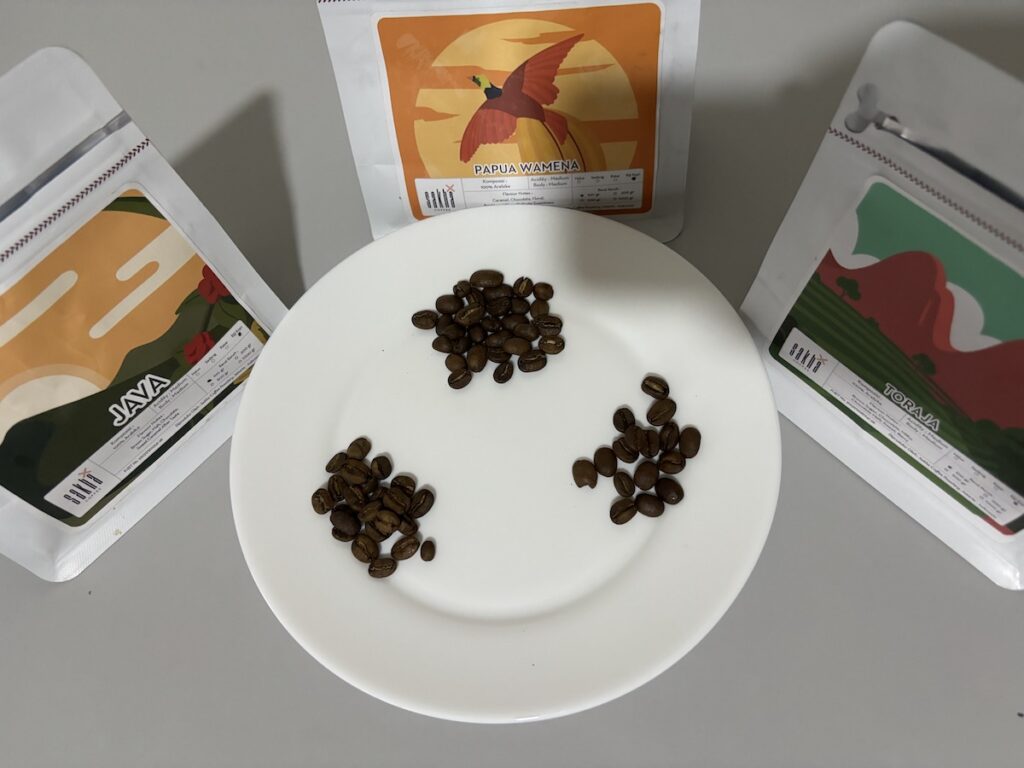
Roast Profiles for Sumatran Espresso
Image 9: Roaster cupping dark-roasted Sumatra for espresso
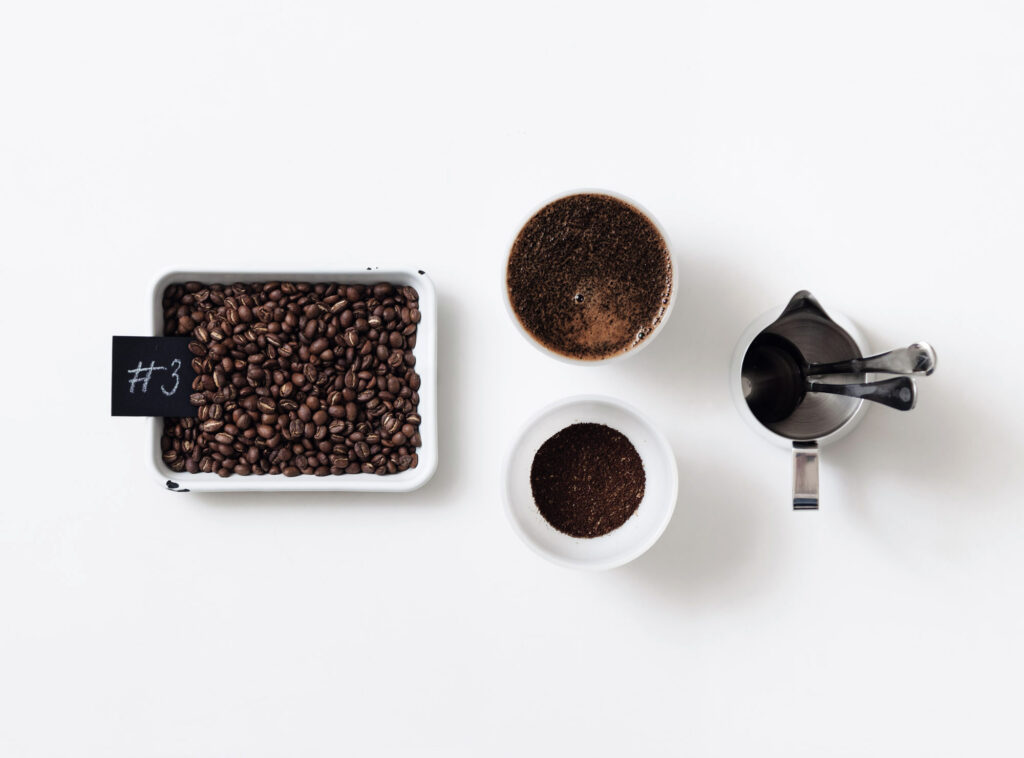
Due to their dense body and lower acidity, Indonesian beans often perform best at a medium-dark to dark roast, which:
• Enhances molasses and chocolate notes
• Softens herbal bitterness
• Increases body and crema production
• Avoids highlighting fermentation defects
Avoid going too light, as it can produce vegetal or earthy sharpness that overpowers in espresso form.
Image 10: Roast curve comparison: washed Colombia vs wet-hulled Sumatra

Dialing In Indonesian Beans for Espresso
Suggested Starting Recipe
• Dose: 18.5g
• Yield: 34–36g
• Time: 25–30 seconds
• Temp: 198–199°F
• Grind: Slightly coarser for wet-hulled beans

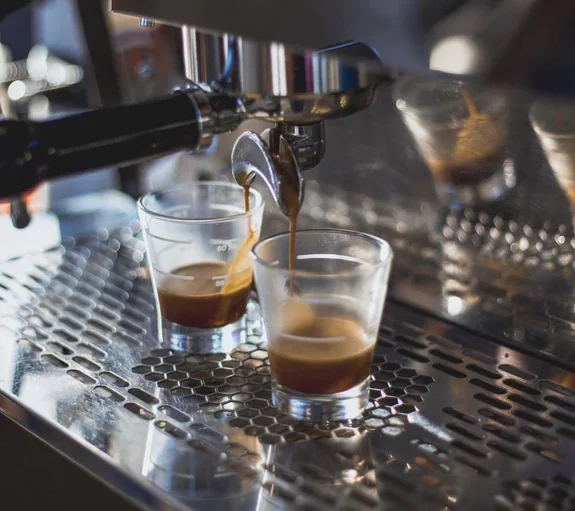
Extraction Tips
• Tamp evenly to prevent channeled flow (wet-hulled beans can be uneven)
• Use shorter ratios for thicker, more syrupy shots
• Great base for milk drinks due to structure
Sumatran Coffee in Espresso Blends
Image 13: Blend breakdown with Brazil (sweet), Ethiopia (bright), Sumatra (deep)

Sumatra is often used in blends to:
• Provide body and earthy contrast
• Balance the high acidity of African beans
• Add spice and savoriness to sweet-centric bases
Used in Italian-style blends, dark-roast café house blends, and holiday espresso profiles.
Specialty vs Commodity Sumatran Coffee

While Sumatra is sometimes associated with inconsistencies, specialty producers now focus on:
• Better drying control
• Lot separation
• Cleaner fermentation practices
• Modern post-harvest processing
These efforts create more refined and consistent espresso results while retaining the traditional character.
When to Use Sumatran Espresso
Image 15: Café menu featuring single-origin Sumatra for espresso

Best for:
• Dark, bold espresso drinkers
• Lattes and cappuccinos needing strong bases
• Evening or cold-weather drinks
• Blends needing grounding and richness
Avoid if:
• You prefer light, floral, or juicy espresso
• You’re dialing in ultra-clean single origin clarity
Final Thoughts
Sumatra and its Indonesian neighbors bring a unique fingerprint to espresso—deep, earthy, and unapologetically bold. While not for everyone, they offer structure, body, and a savory intensity that is hard to find elsewhere.
Whether blended or solo, these coffees invite you to slow down and explore the darker, more mysterious side of espresso.

Written by Jose Luis Surjan
Espresso & Latin Food Expert
Disclosure: Our blog contains affiliate links to products. We may receive a commission for purchases made through these links. However, this does not impact our reviews and comparisons. We try our best to keep things fair and balanced, in order to help you make the best choice for you.

